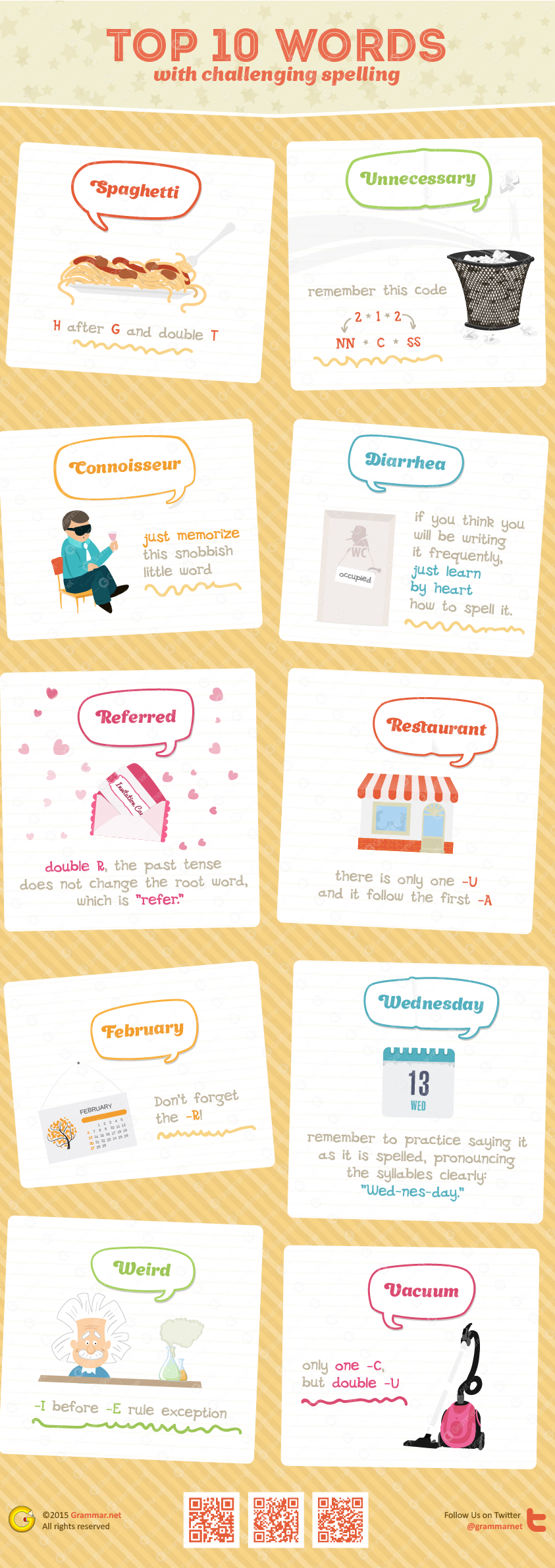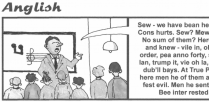A picture is worth a thousand words.
And Good Grammar Day to You Today!
I’d like to discuss the mnemonic devices today with you.
Everyone should have heard this expression or word construction.
What is a mnemonic device?
Mnemonics (pronounced “ne-mon’-ics”) assist the memory, using a system of rhymes, rules, phrases, diagrams, or acronyms.
(Study this one for example!)

These devices help to remember, memorize, and recall information such as names, dates, facts, or figures. They do that by turning original information into an easy, more appealing rhyme or sentence. We can save this information in our brain as an easy reference for larger “meaningful” chunks of data. When you need to recall the fundamental facts you can do it translating them from your mnemonic memory.
For example, “Memory Needs Every Method Of Nurturing Its Capacity” is a mnemonic for spelling ‘mnemonic.’
They usually say that you should learn some acronyms or musical phrases to remember more.
For example, (I found it in some of the films) in the US they learn some essentials numbers by remembering the phrase that one can type using the phone keyboard (that keyboard which is both with numbers and letters) – this is an incredibly good idea!
The order of sharps in key signature notation is F♯, C♯, G♯, D♯, A♯, E♯ and B♯, giving the mnemonic “Father Charles Goes Down And Ends Battle.” The order of flats is the reverse: B♭, E♭, A♭, D♭, G♭, C♭ and F♭ (“Battle Ends And Down Goes Charles’ Father”).
People say that a good mnemonic is the lazy learner’s (unfair?) advantage. Why not? If we’re not lazy, we still use this method to learn more and more data.
As for me, I’ve always preferred pictures, infographics, and schemas in their mnemonic effect. This way is so easy to learn something new from a chart both with pictures, numbers and words! There you can find an incredible help to your visual memory.
Yes, I’ve also thought that my memory is of a different sort, then I’ve found a lot of proofs that I’m wrong.







